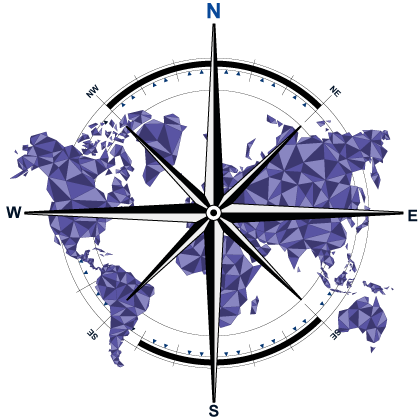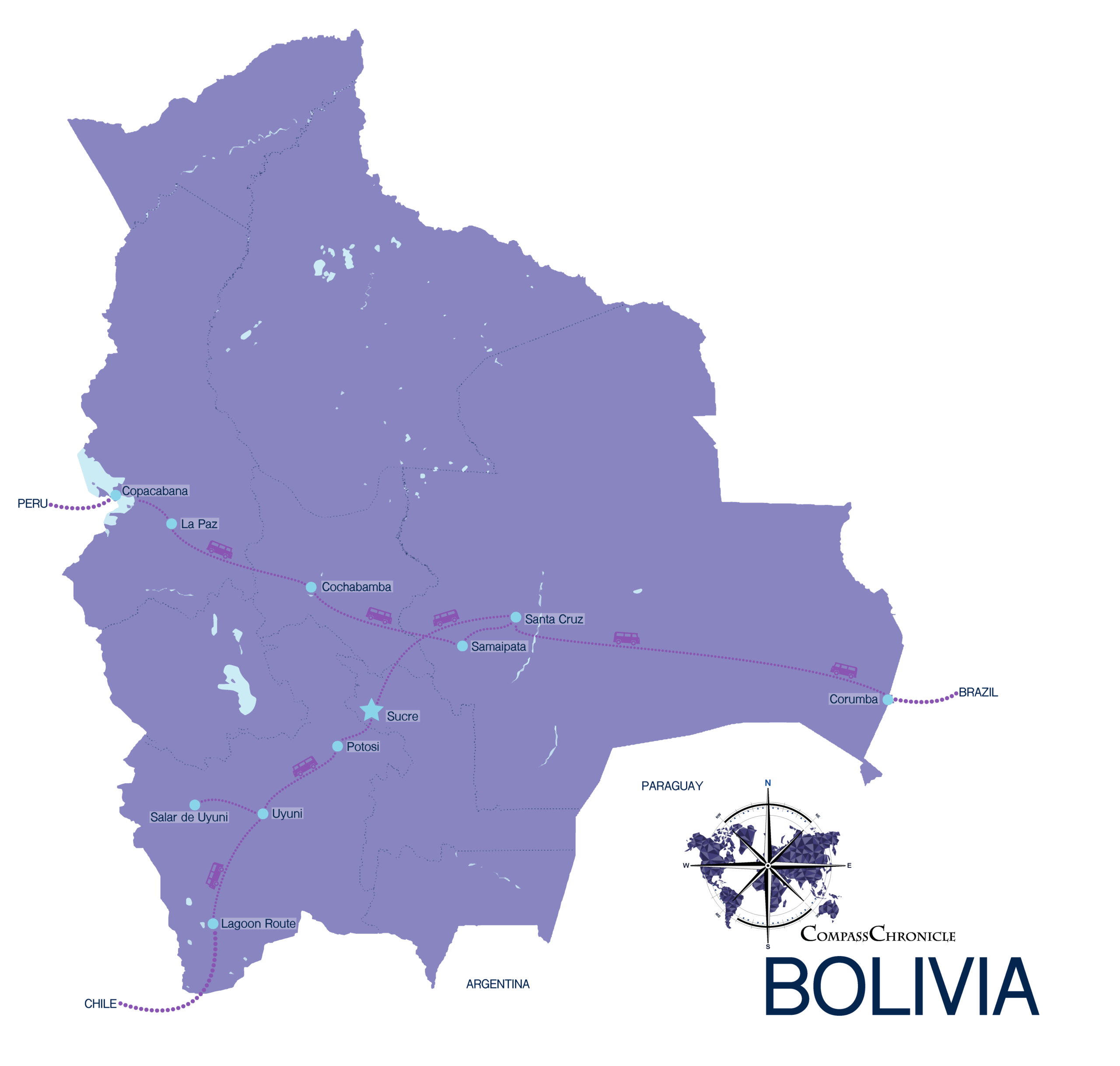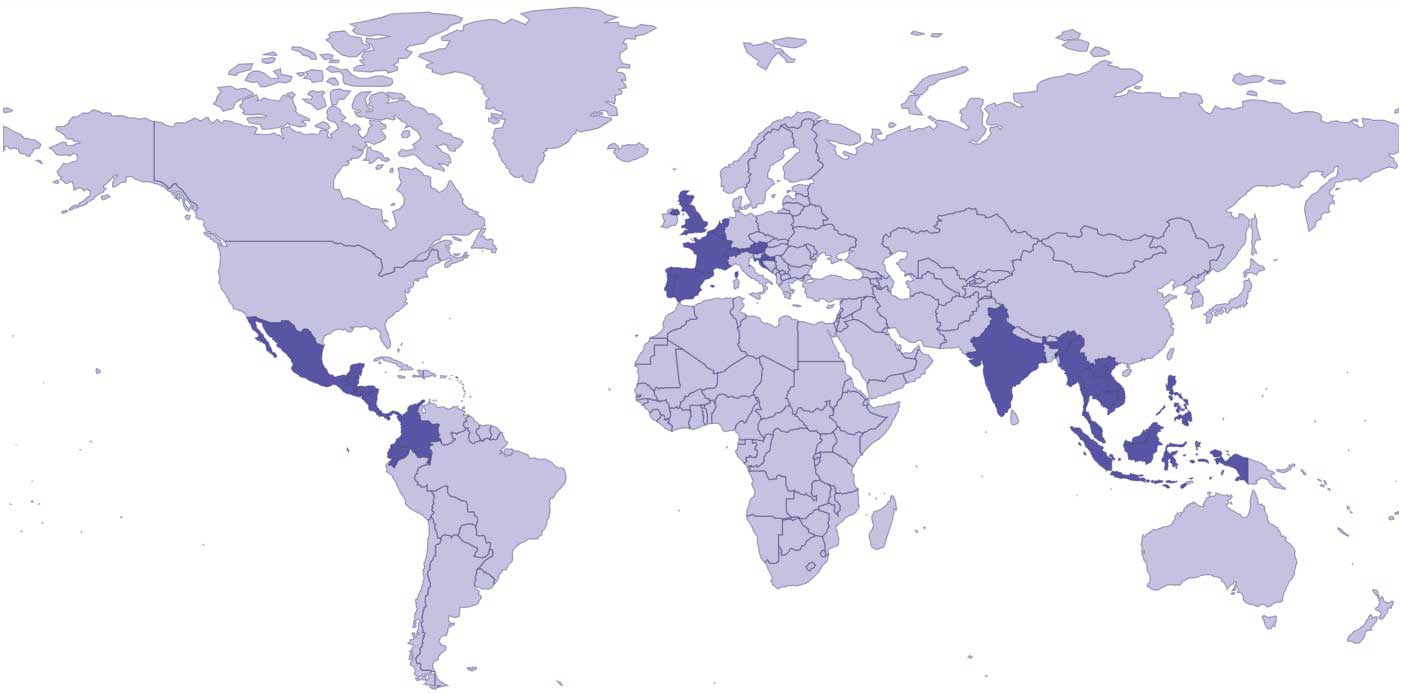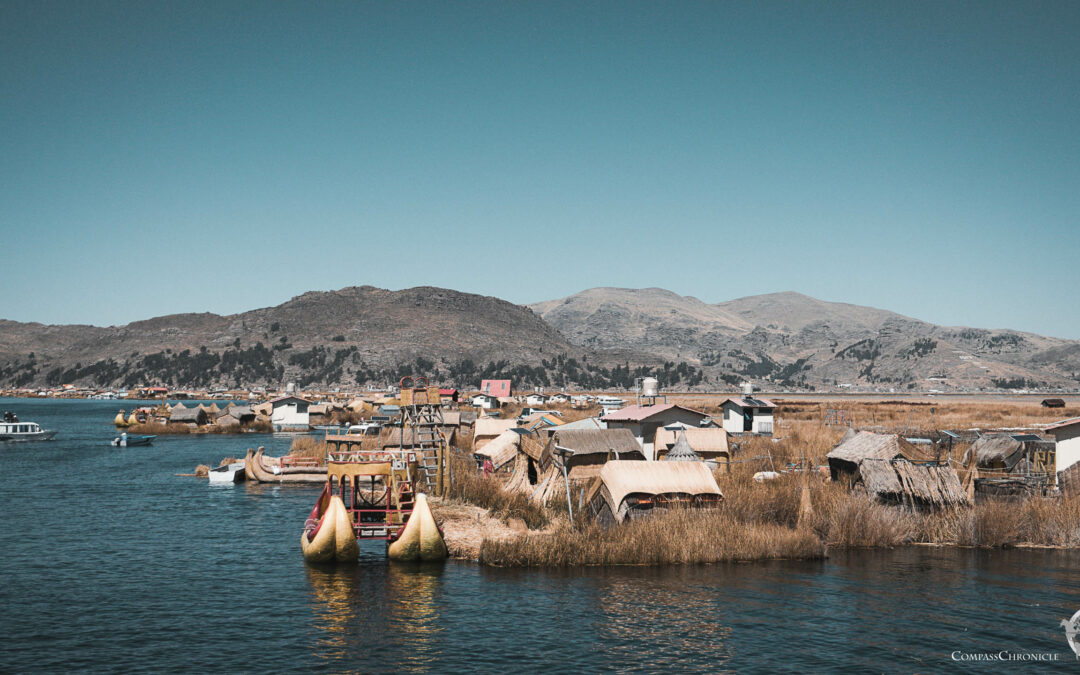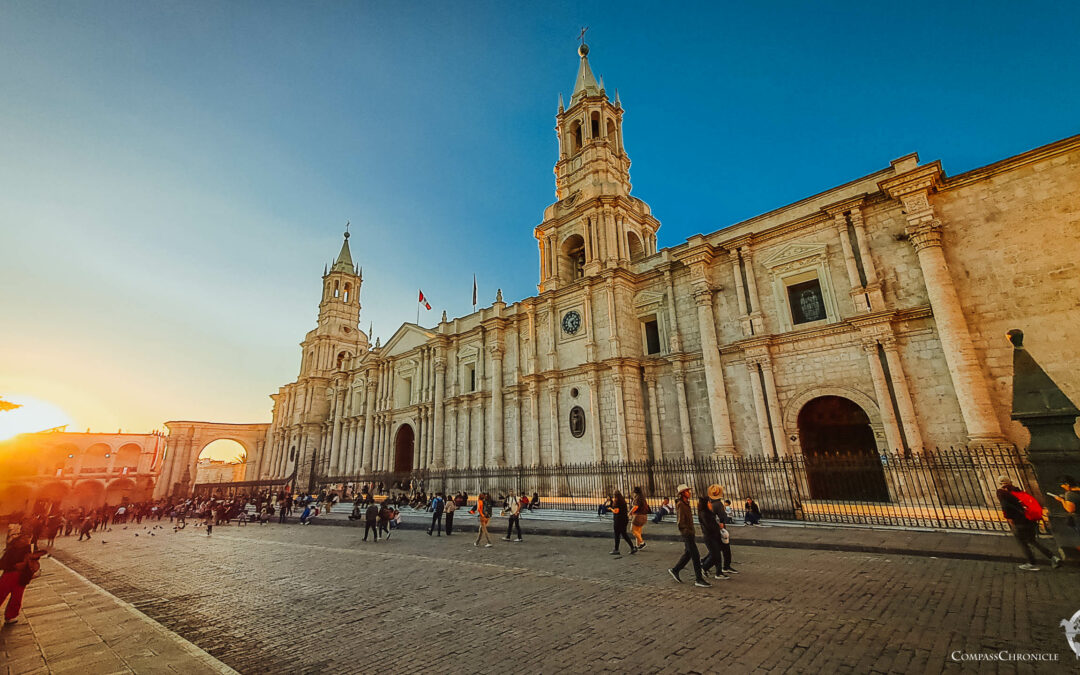Bolivia
Welcome to Bolivia!
Bienvenidos a Bolivia!
Bolivia is one of the few countries in South America that does not have access to the sea. Accordingly, we expect it to be even more mountainous than many of the countries on our trip. But not only that, Bolivia borders Brazil to the east and therefore also has tropical regions. There are also many different ethnic groups, which are even enshrined in Bolivia’s constitution and respected accordingly. How many different cultures will we discover on our trip? – We’ll find out and publish our blog posts below. However, the fact that Bolivia is probably one of the poorest countries in South America makes things a little more difficult for the Bolivians. This does not detract us from our trip through Bolivia and we are looking forward to seeing lots of beautiful nature, the people and the peculiarities of Bolivia.
Let’s go to Bolivia! Our experiences and adventures are listed below for you to read.
